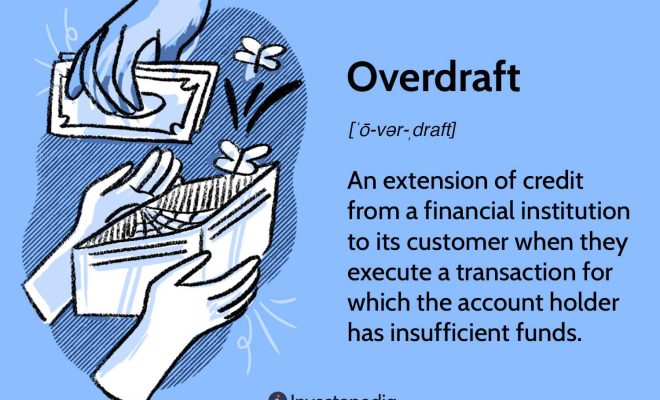Navigating the Year 1317: A Comprehensive Guide

Introduction
The year 1317 marked a significant period in world history, encompassing various developments, conflicts, and power struggles. This article aims to provide a comprehensive understanding of the events and dynamics that shaped the year 1317 in different regions of the world.
Europe:
1. Famine in Europe: The Great Famine, which lasted from 1315 to 1317, continued to devastate Europe, leading to widespread hunger and death. Significant crop failures resulted due to excessive rains and cold weather conditions, which contributed to food scarcity and high prices.
2. England and Scotland: In these politically unstable times, the border conflicts between England and Scotland persisted. Most notably, Scottish forces led by King Robert the Bruce found success against English strongholds.
3. Holy Roman Empire: Emperor Ludwig IV continued his reign over the Holy Roman Empire in this period, which was marked by political strife as tensions with the Papacy increased.
4. Avignon Papacy: Pope John XXII was entrenched in the early years of his papacy in this era, beginning his residency at the Papal Palace of Avignon. This marked the start of what is now known as the Avignon Papacy or Babylonian Captivity.
Asia:
1. Yuan Dynasty: In China, Emperor Yingzong reigned during this year under the mighty Yuan Dynasty founded by Kublai Khan. His reign marked a period of peace and stability in China, with major advancements in art and culture.
2. Delhi Sultanate: India was ruled by Sultan Ala al-Din Muhammad Khalji as part of the Delhi Sultanate during this time. The empire expanded vastly under his rule through a series of conquests in southern India.
3. Ilkhanate: The Ilkhanate dynasty ruled over much of Persia and surrounding regions at this
time under Abu Sa’id Bahadur Khan, who worked to establish economic and cultural ties with
European powers.
The Americas:
1. Mesoamerica: The year 1317 saw various Mesoamerican civilizations flourish, such as the Aztecs in Mexico, the Maya civilization, and the Tarascan Empire further south. These societies were known for their rich culture, impressive architecture, and complex social systems.
2. Inca Civilization: In South America, the foundations of the Inca Empire were being laid by the Inca people living around regions in present-day Peru. As a prominent pre-Columbian civilization, the Incas made remarkable advancements in agriculture, infrastructure, and textiles.
Conclusion
The year 1317 marked a significant period of history impacted by political power struggles, religious influence, and environmental challenges. By examining these events in different regions around the world, we gain valuable insight into the interconnectedness of civilizations and can develop a greater appreciation for our shared history.






